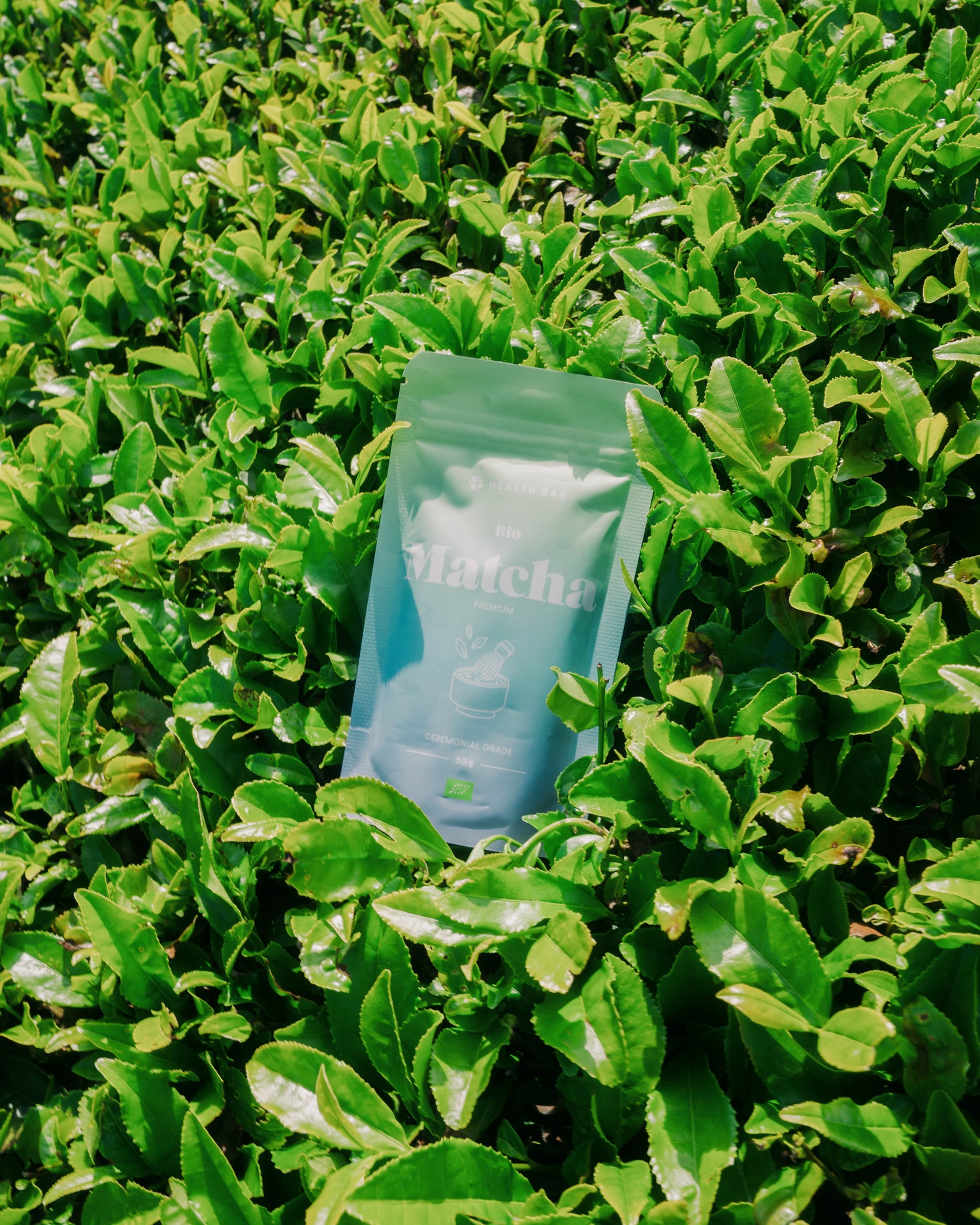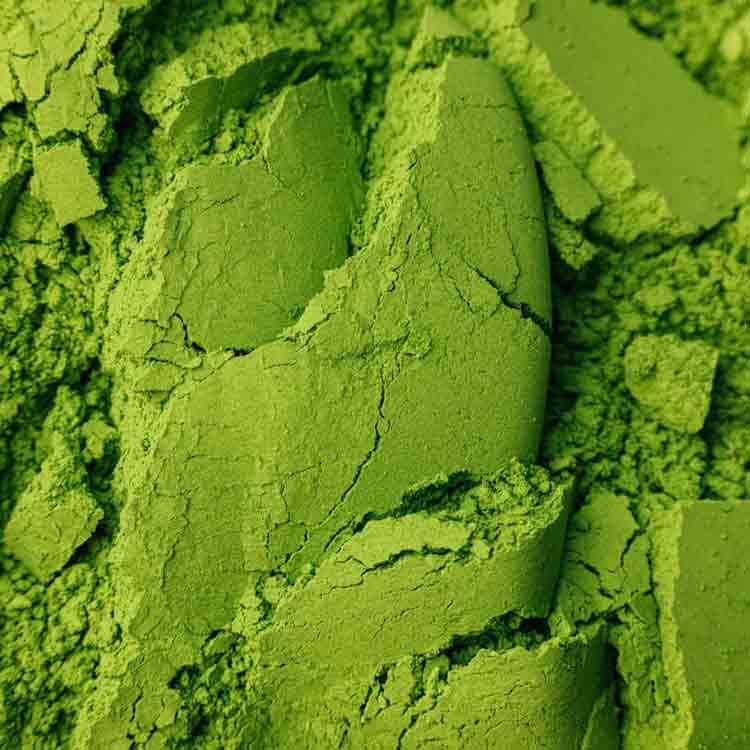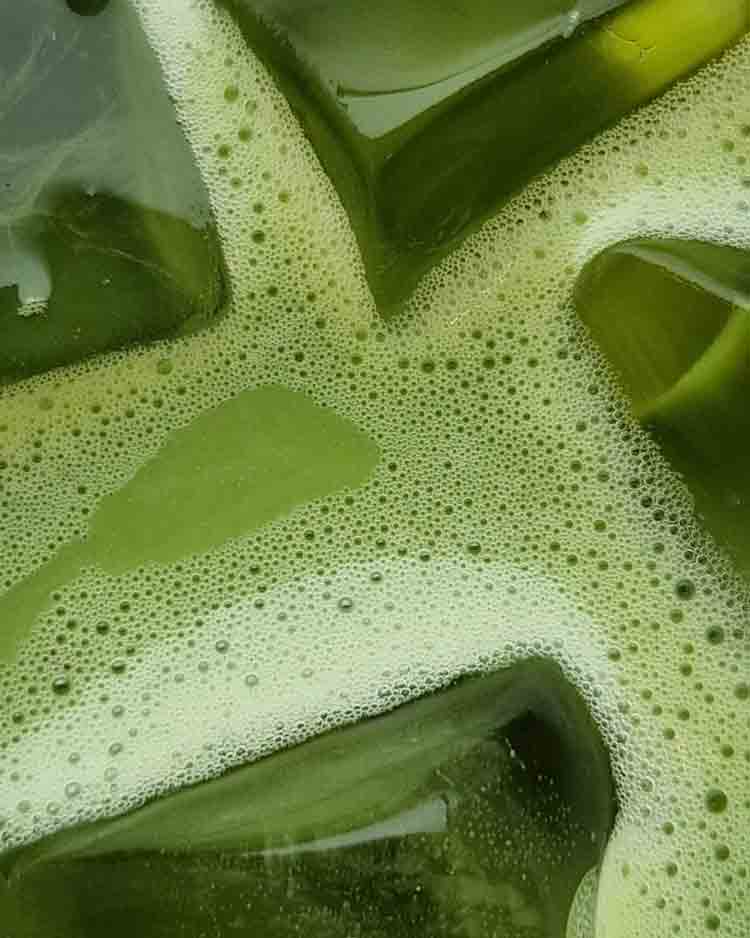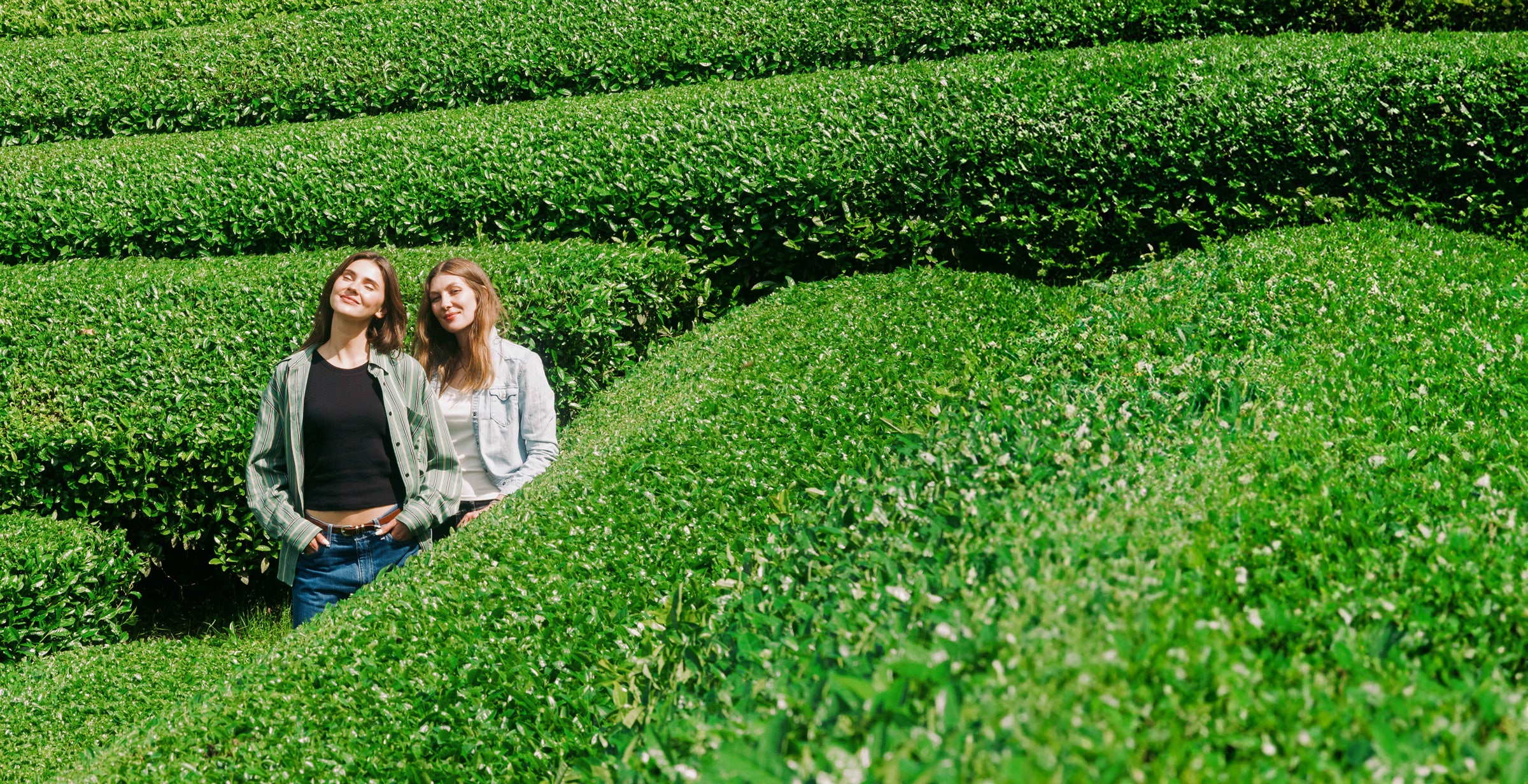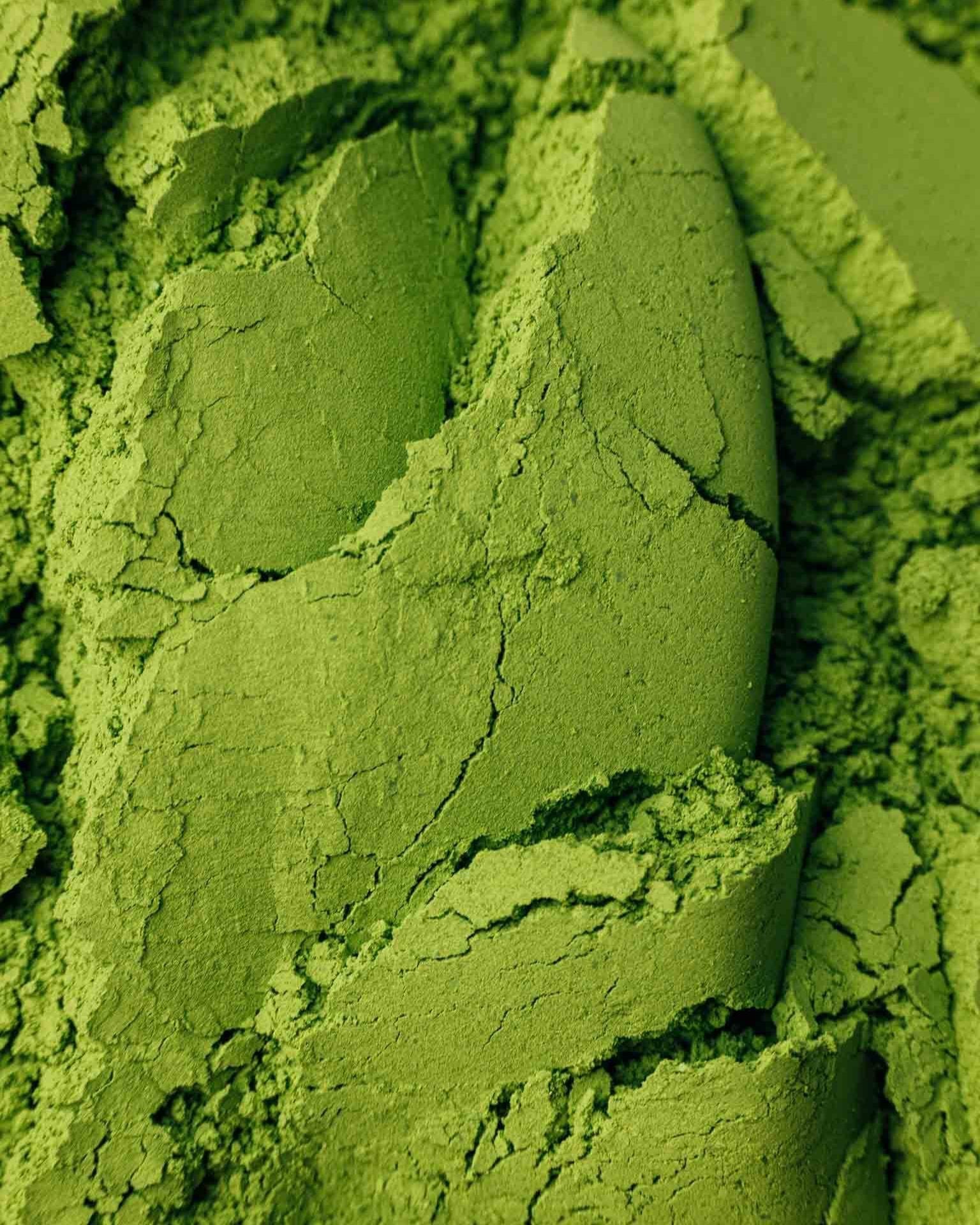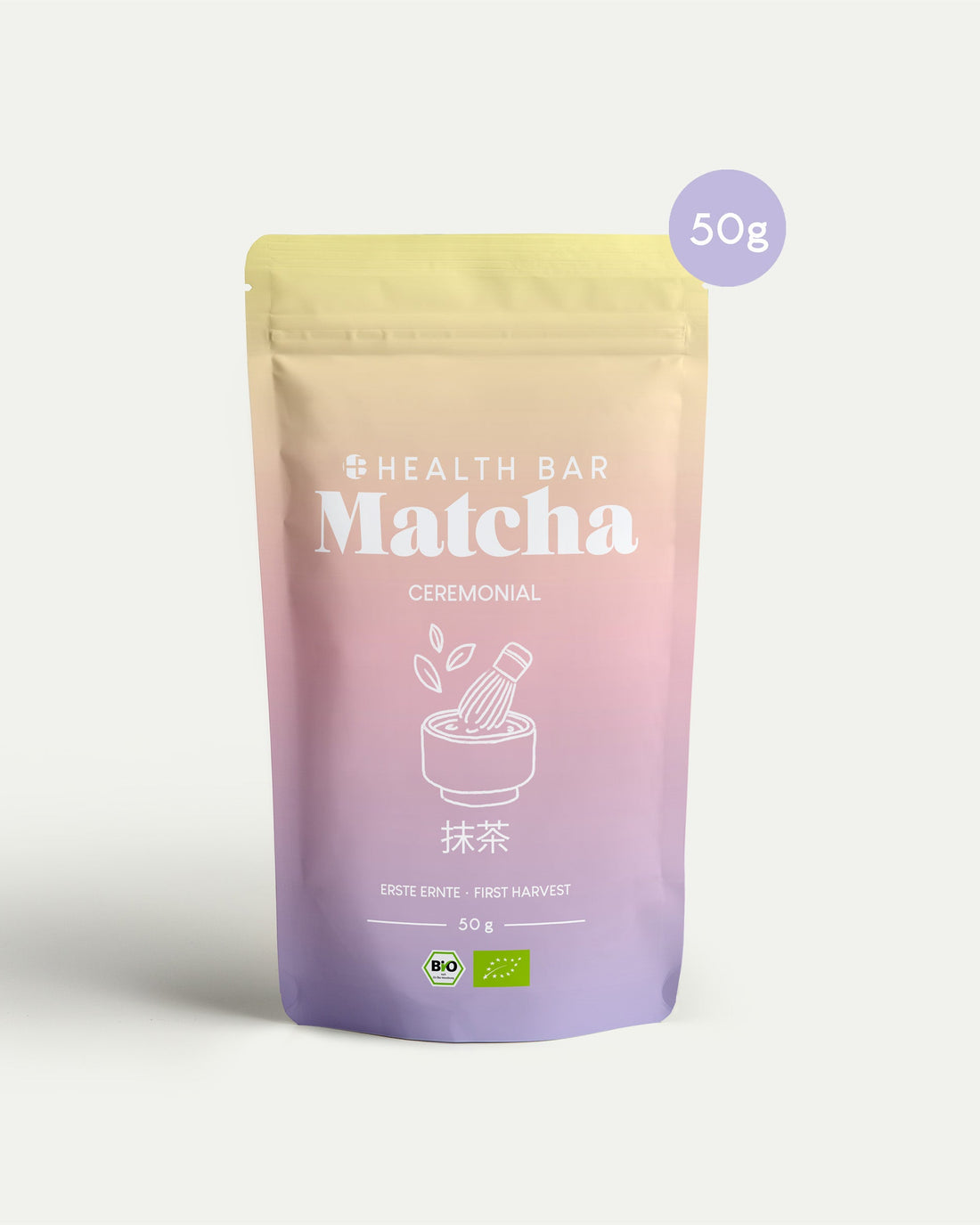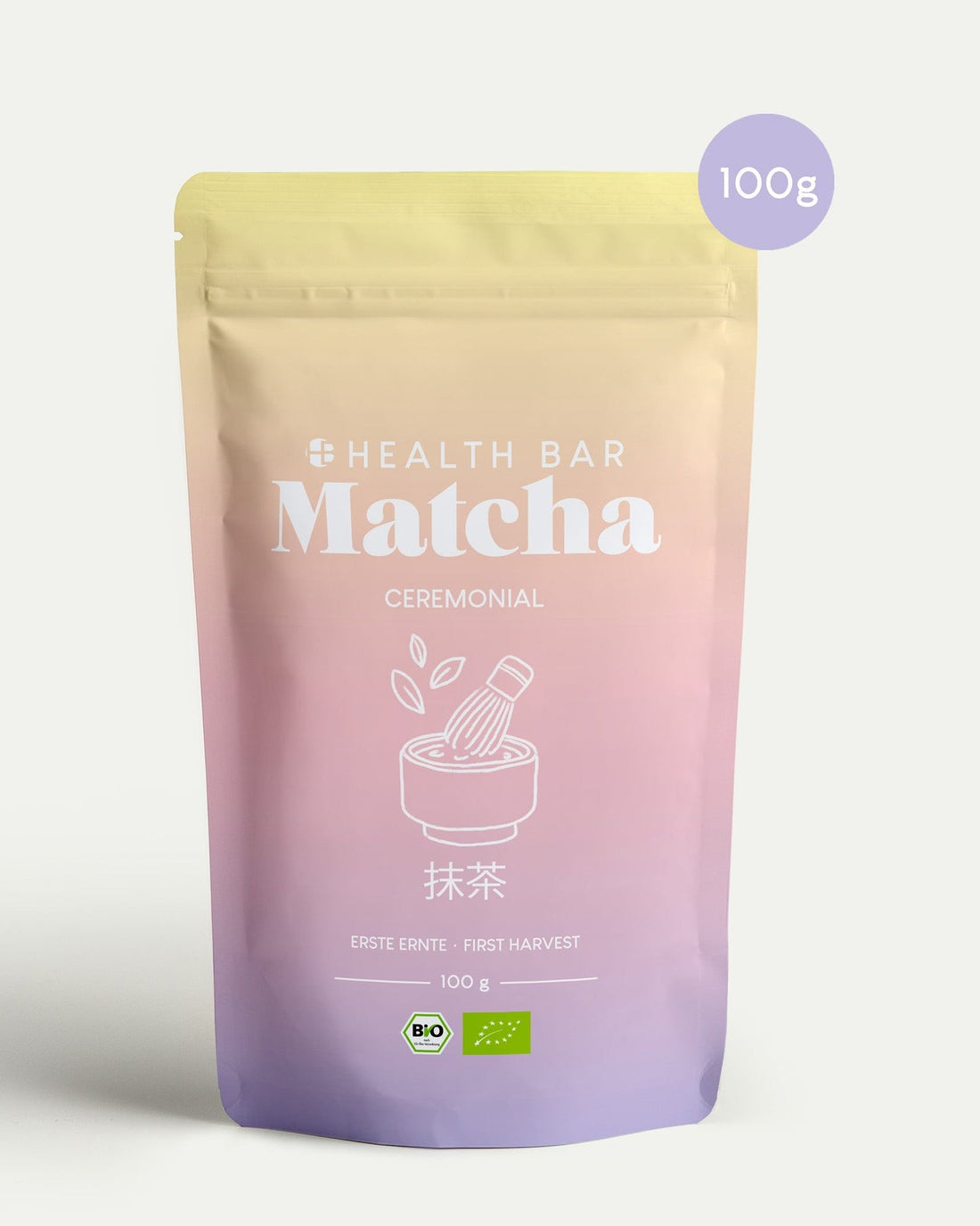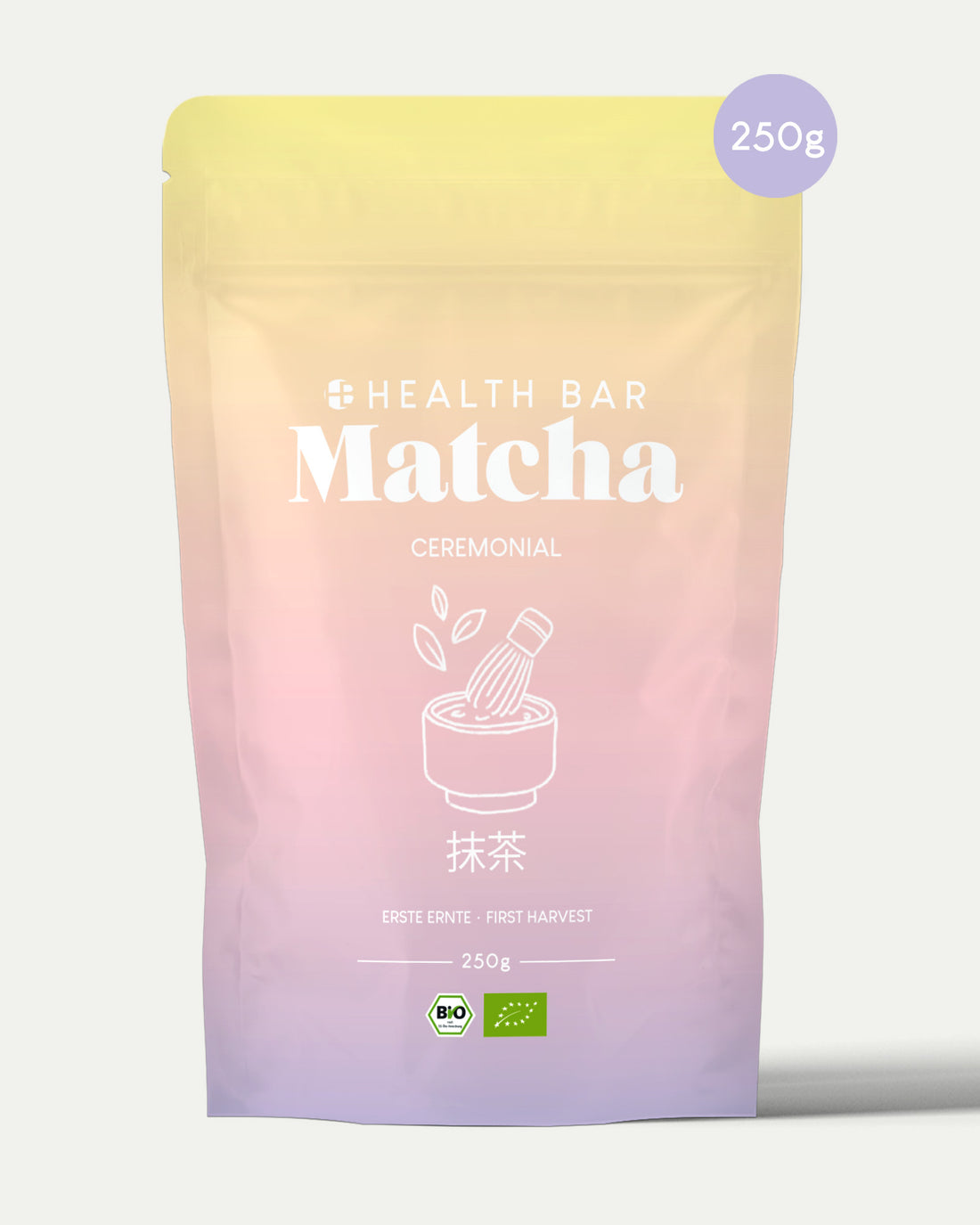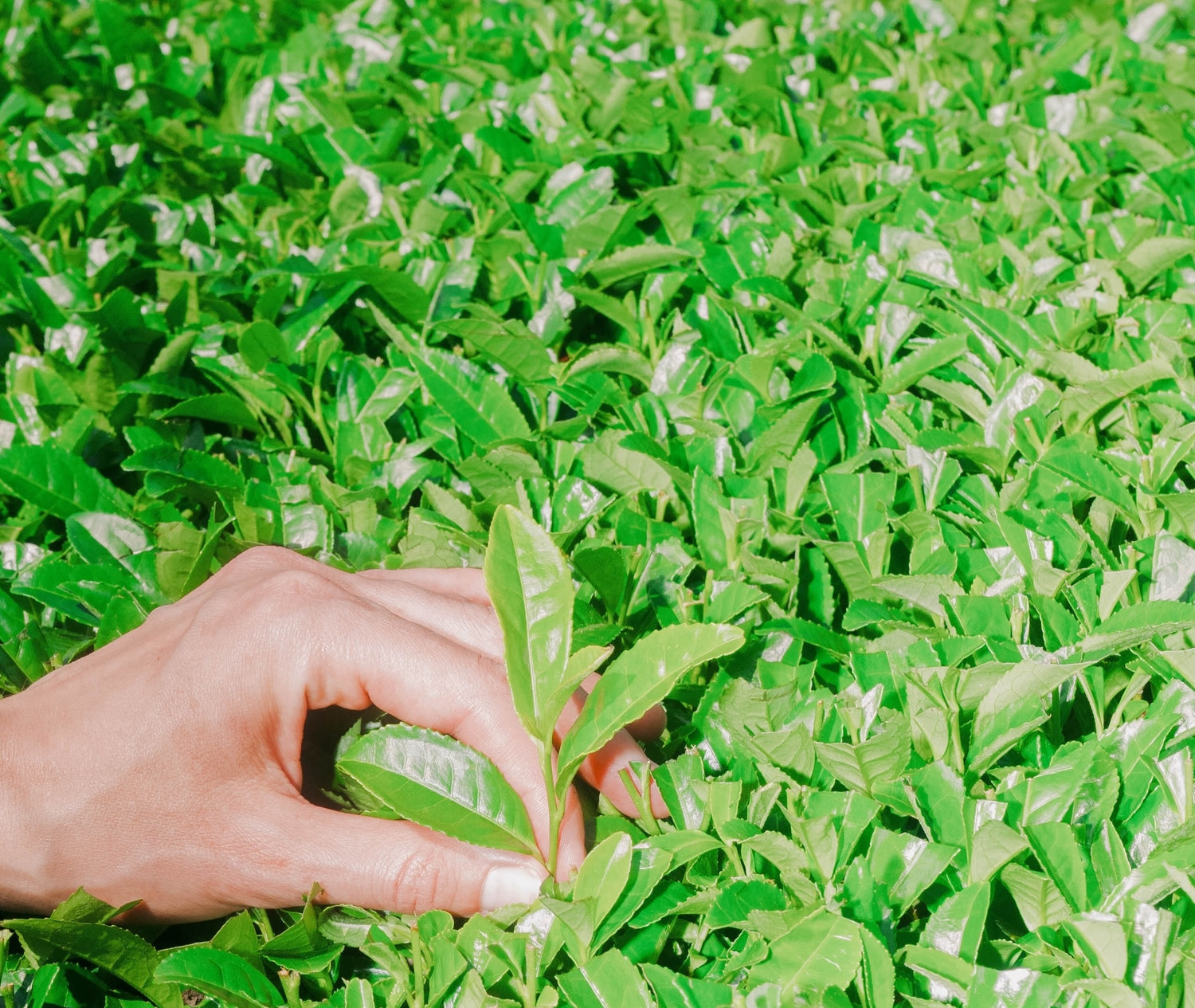
A comprehensive introduction to the world of premium green tea
Different cultivars of Matcha tea
Matcha, a finely ground green tea from Japan, has gained international recognition in recent years due to its long-standing use in holistic rituals and its distinctive flavor. However, not all matcha is the same: The quality of the tea varies greatly and depends on a variety of factors, including cultivation method, processing method, and—often overlooked—the so-called Cultivar, the specific type of tea. In this article you will learn everything about the different cultivars of the Matcha teas, their importance and which varieties are particularly valued.
What is a cultivar?
The term Cultivar consists of the words cultivated variety The term "cultivated variety" is derived from the German word "cultivar." A cultivar describes a deliberately bred variety of a plant that has developed specific characteristics through selection or cross-breeding. In the world of tea, especially matcha, cultivars play a crucial role, as they influence the taste, color, and composition of the tea.
The tea plant from which Matcha is made is called Camellia sinensisHowever, within this species, there are numerous cultivars that have developed in the growing areas of Japan through decades-long breeding programs. The different climates, soils, and cultivation methods in regions such as Uji, Kagoshima or Shizuoka also contribute to the fact that Matcha has completely different flavors and qualities depending on its origin and cultivar.
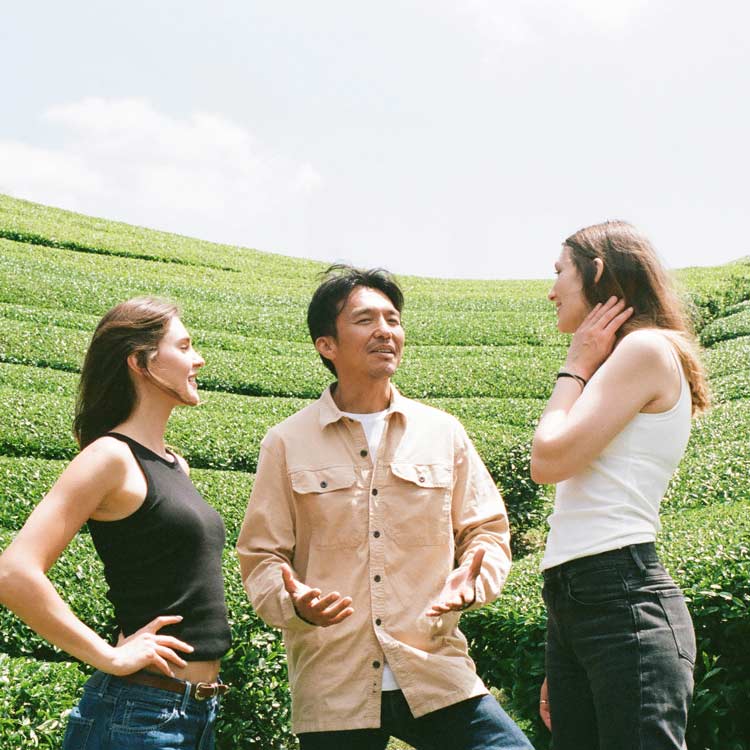
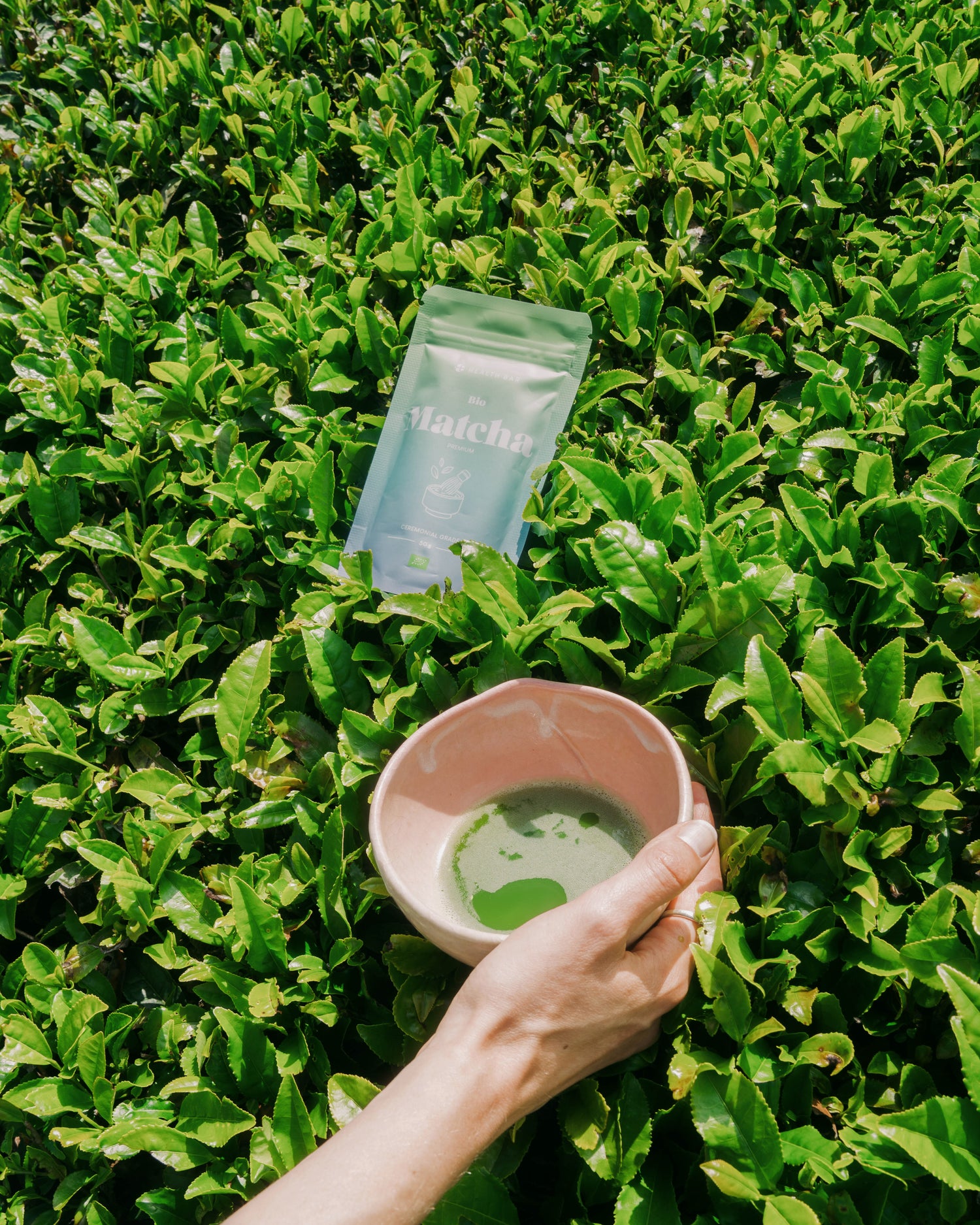
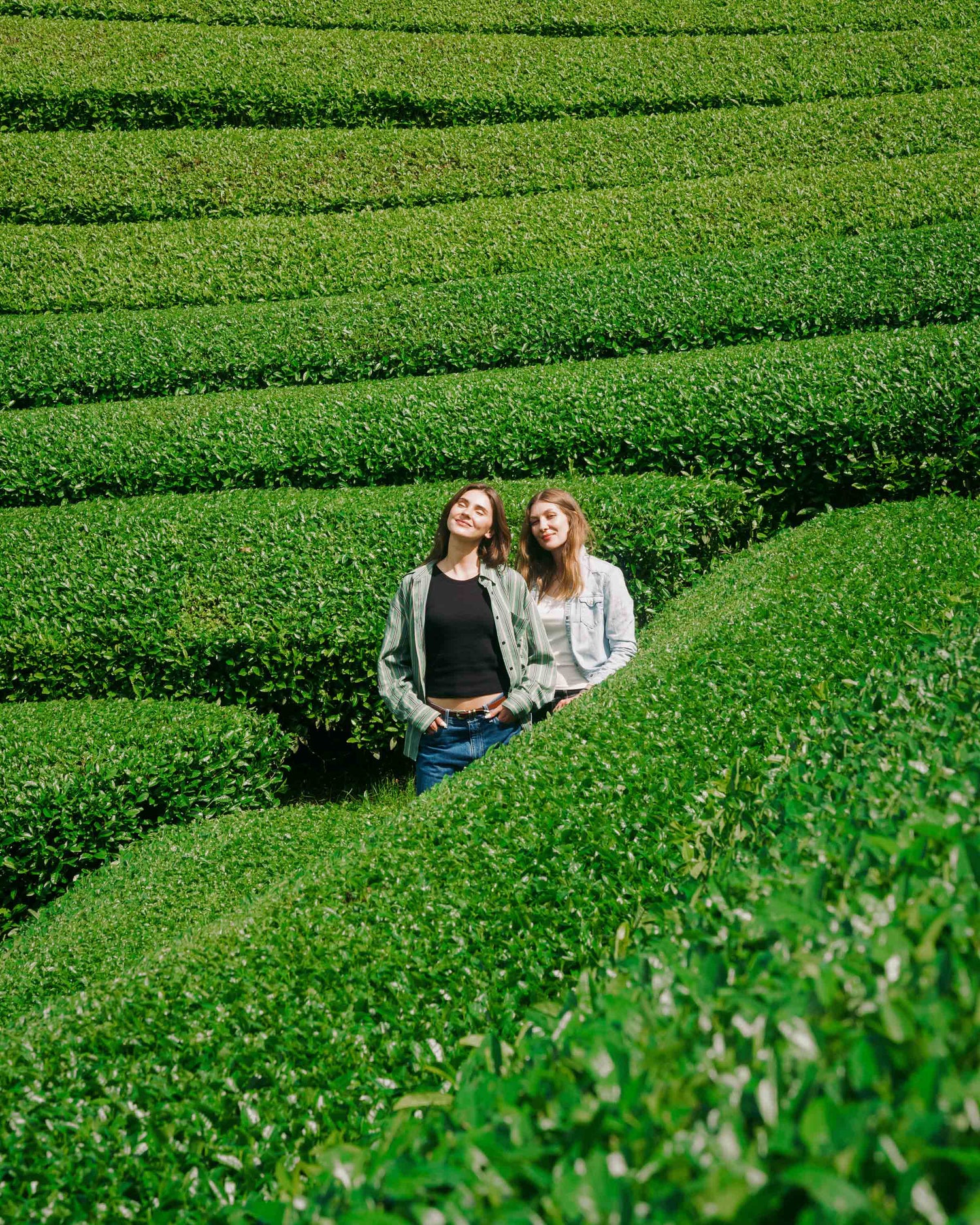
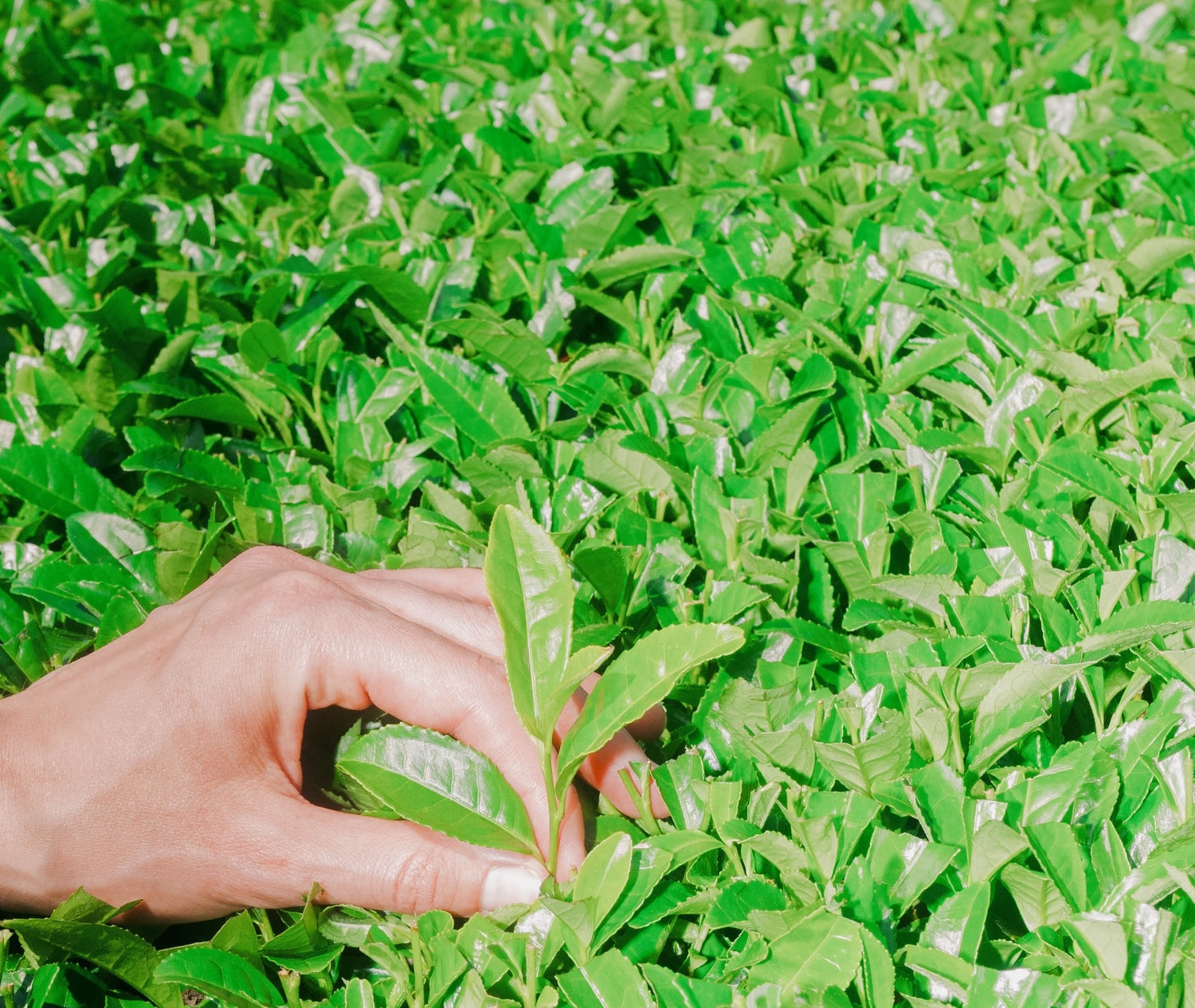
The importance of cultivars in Matcha cultivation
In Japan, there are hundreds of cultivars used to make tea, but only a few are suitable for the production of matcha. This is because matcha requires a very specific cultivation method. The tea grows under Shade conditions, which means that the tea plants are covered with nets several weeks before harvesting. This results in the leaves being more Chlorophyll and Amino acids produce, especially the amino acid L-Theanine, which is responsible for the characteristic umami taste of matcha.
1. Yabukita – The all-rounder among cultivars
-
Yabukita Yabukita is by far the most widely cultivated tea cultivar in Japan, accounting for approximately 75% of the country's total tea-growing area. Originally bred in Shizuoka Prefecture in the 1950s, Yabukita has established itself as a standard in tea cultivation thanks to its resistance to cold and disease, as well as its balanced flavor profile.
The taste of Yabukita Matcha is characterized by a harmonious ratio of Umami, sweetness and light Bitter substances The interplay of LTheanine and caffeine are considered to be particularly balanced – ideal for quiet moments of enjoyment, which is why Yabukita Matcha is popular both for everyday use and for traditional tea ceremonies.
-
Properties of Yabukita Matcha:
- The taste: Harmonious with a balanced ratio of umami, sweetness and bitterness
- Color: Bright green, typical of high-quality Matcha
- use: All-rounder for daily enjoyment and for ceremonies
- Special features: Resistant and easy to grow
2. Okumidori – The Gentle Seducer
-
Okumidori is a somewhat less commonly used tea variety, but has gained increasing popularity in recent years. This variety is known for its mild and gentle tastewhich is significantly less bitter than other varieties such as Yabukita. Okumidori Matcha is often used in Premium qualities used because it has a very pure and clear green color and a subtle, almost sweet aroma.
Matcha from Okumidori is an excellent choice for connoisseurs who prefer a more subtle, smoother flavor. Because this cultivar is often grown at higher altitudes, it develops a unique complexity that sets it apart from other varieties.
-
Properties of Okumidori Matcha:
- The taste: Mild, sweet and less bitter
- Color: Bright, rich green
- use: Especially in premium matcha
- Special features: Clear, bright color and an elegant aroma
3. Samidori – The favorite for ceremonies
-
Samidori is a traditional Matcha cultivar that is often grown in the famous tea-growing region Uji This variety is often used for high-quality Ceremonial Grade Matcha Used because it offers a particularly intense umami profile and a velvety texture. Samidori grows slowly and is bred specifically for the production of matcha tea, which is why it is prized by connoisseurs and lovers.
Samidori Matcha has a full-bodied, rich flavor that is perfect for the tea ceremony. Its high content of L-Theanine provides a gentle, relaxing experience, which is further enhanced by the rich taste.
-
Properties of Samidori Matcha:
- The taste: Intense umami with rich, full-bodied
character - Color: Deep green
- use: Ideal for tea ceremonies and special occasions
- Special features: Slow growth and high quality
- The taste: Intense umami with rich, full-bodied
4. Saemidori – The Crossroads of the Best
-
Saemidori is a hybrid cultivar created by crossing the varieties Yabukita and Asatsuyu This cultivar is characterized by its bright green color and gentle, sweet aroma. Matcha from Saemidori is particularly prized because it combines the best qualities of its parent plants: the sweetness of Asatsuyu and the balanced flavor profile of Yabukita.
Thanks to its delicate, soft texture and lack of bitterness, Saemidori is ideal for making high-quality Ceremonial MatchaIt is often preferred by tea lovers who seek a particularly mild yet complex matcha.
-
Properties of Saemidori Matcha:
- The taste: Mild, sweet and soft, with hardly any bitterness
- Color: Very vibrant and rich green
- use: Premium and Ceremonial Grade Matcha
- Special features: Combines the best qualities of Yabukita and Asatsuyu
5. Gokou – The Deep Umami Master
-
Gokou is a less common but highly valued cultivar among connoisseurs. Gokou is particularly common in the region Uji where it thrives in shady conditions. This variety is known for its particularly deep, almost creamy Umami taste and its strong green color. Gokou grows best in shady environments, which results in the plant having an exceptionally high concentration of L-Theanine and chlorophyll developed.
Matcha from Gokou is characterized by a smooth, creamy texture and a rich aroma, making it ideal for tea ceremonies or enjoying high-quality matcha. Thanks to its intense flavor profile, Gokou is especially popular with tea lovers seeking a full-bodied, deep matcha.
-
Properties of Gokou Matcha:
- The taste: Intense and creamy with strong umami
- Color: Dark, strong green
- use: For connoisseurs and special occasions
- Special features: High L-Theanine content through shade cultivation
Conclusion
Choosing the right cultivar can fundamentally influence the entire matcha experience. From the balanced Yabukita to the intense Gokou, the world of matcha offers a wide range of flavors, textures, and colors. The different cultivars not only reflect the rich culture of tea cultivation in Japan, but also allow tea lovers to find the perfect matcha for their individual preferences.
Whether you prefer a mild and sweet tea or are looking for an intense, full-bodied umami flavor, choosing the right cultivar is the key to an unforgettable matcha experience.
